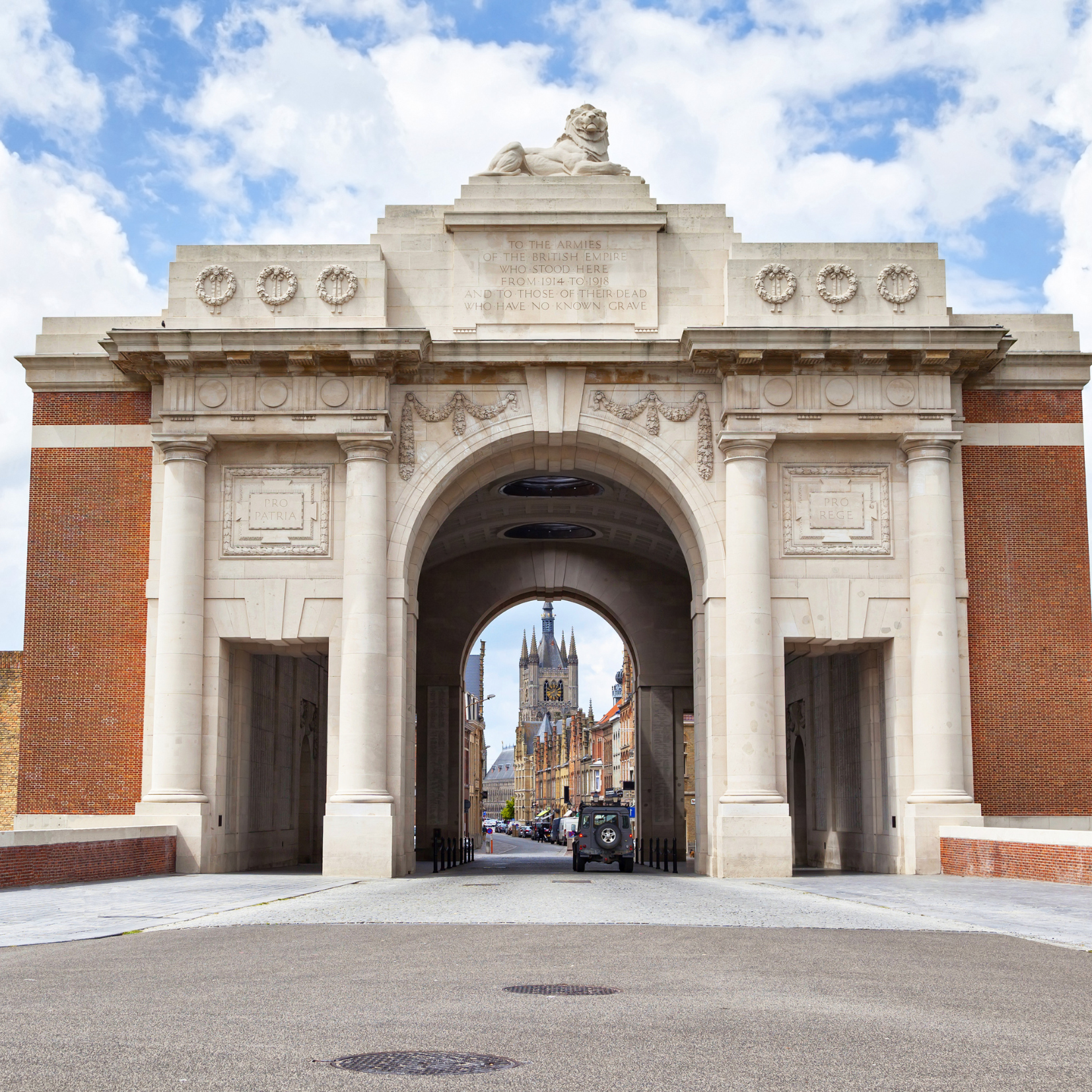The Battle of Arras
On this day in 1917, the battle of Arras began, the beginning of the allied offensive operations in 1917.
The opening phases of the battle were successful, with the British achieving the furthest advance into German lines of the war to date. This gave allied commanders hope that the significant breakthrough they desired was now on the cards.
This initial optimism soon died away however, and the allied armies were drawn back into a slogging match for ground.
The battle continued with a number of operations until 16th May 1917 where it closed with a casualty list estimated at 300,000 men across both sides.
Today there are some key sites that can be visited and areas traditionally ‘off the beaten track’ where you can follow the movements of specific battalions or even an individual soldier that you may wish to follow in the footsteps of.
Visit Vimy Ridge
Vimy Ridge is a must visit for any Canadian pilgrim to the battlefields of the Western Front. Here your guides will not only be able to talk about the critical mission Canadian troops had here in 1917, but they shall also be able to put into context what the attack meant politically and socially to a future Canada.
Take a brief trip underground in the preserved Grange tunnel, look at how close the trench lines ran here and see how the scars of war still show vividly upon the land.
Walk up to the beautiful memorial which bears the names of more than 11,000 Canadians who lost their lives along the Western Front and who have no known grave.
It was unveiled by King Edward VIII on 26 July 1936, his only official overseas engagement before abdication.
Walk the Battlefields
Arras is a battlefield best explored on foot, particularly as many of the roads really are unsuitable for cars. If you a following a specific battalion or soldier, with the aid of a guide, trench maps and today’s technology, begin at that unit’s jump off position and follow their advance. This method of touring allows you to understand not only the terrain, but all the elements soldiers had to face when going into battle.
Notre Dame de Lorette
The dominant position of Notre Dame de Lorette gives you a view of the battlefields below. After the Great War, it was established as a place to commemorate the sacrifice of thousands of soldiers. More than 42,000 soldiers remains are here, making it the largest French necropolis in the world. It is a truly staggering site. In the centre of the necropolis is a beautiful lantern tower and basilica.
Much has been added nearby in recent months for visitors, including a visitor centre, excellent museum and reconstructed trenches.
Visit Wellington Tunnels
Descend 20 metres underground into the chalk quarries of Arras that were dug out by New Zealand soldiers - a network that could house 24,000 soldiers! Walk this underground city with a guide and see carvings on the walls from soldiers in the Great War.
Visit CWGC Arras Memorial
This beautiful Lutyens memorial bears the names of almost 35,000 servicemen from the UK, South Africa and New Zealand who died in the Arras sector between the spring of 1916 and 7 August 1918 and whom have no known grave. Indeed, Sophie’s Great Uncle, Private Hough, is remembered here. Notably too is the name of 2nd Lt Walter Tull, an exceptionally talented British footballer of Afro-Caribbean decent. Clearly a brave officer, he saw action on the Somme, went to Italy but was sadly killed in the German Spring Offensive.
There is also the Flying Services Memorial which commemorates almost 1,000 airmen of the Royal Naval Air Service, the Royal Flying Corps, and the Royal Air Force, either by attachment from other arms of the forces of the Commonwealth or by original enlistment, who were killed across the Western Front and who have no known grave.
Step down from the memorial and into the cemetery which contains the graves of over 2,650 Commonwealth burials of the First World War and a further eight from the Second World War.

























